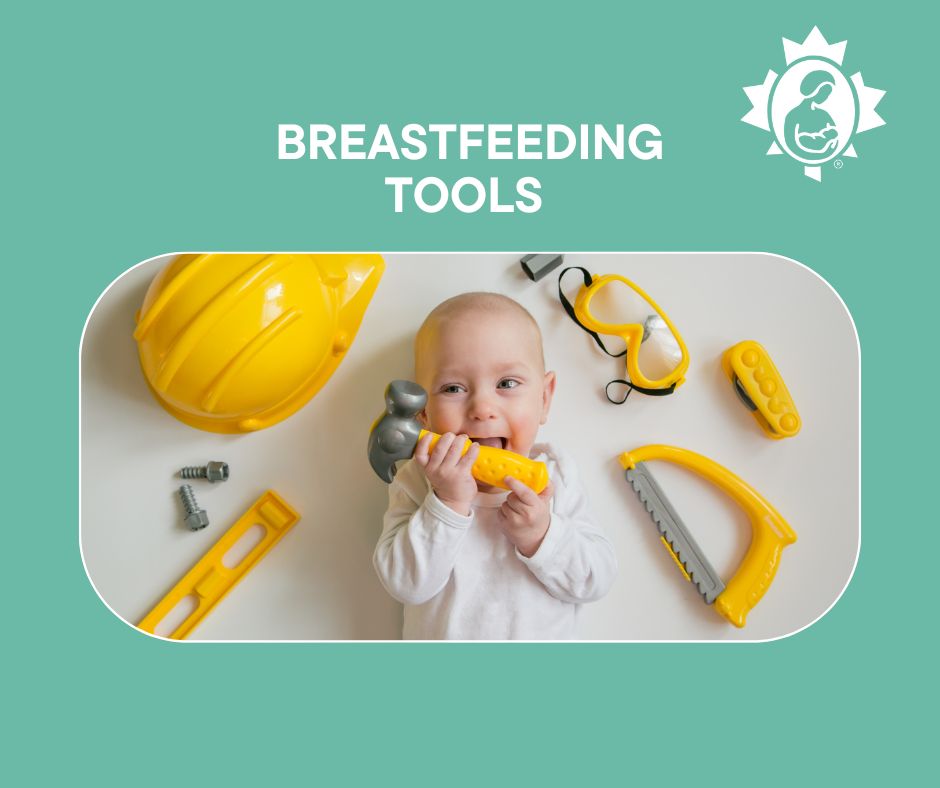
If you are pregnant and planning to breastfeed, you are probably gathering information to prepare for the arrival of your baby. You may get suggestions from friends and family, social media, and the internet. It can be overwhelming to see all of the “tools” advertised to support your breastfeeding experience. You may wonder if these tools are needed, a helpful convenience, or unnecessary.
To help you determine this, here is a list of common breastfeeding “tools” some mothers have used.
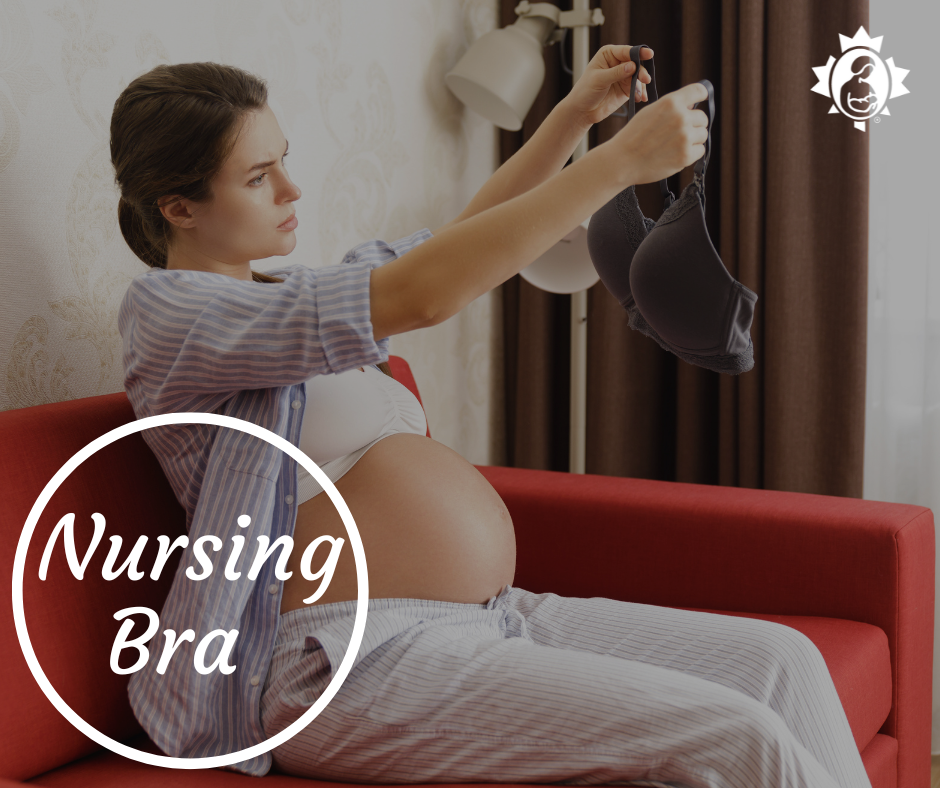
Some nursing bras open in the centre; others have a clasp you undo to expose your breast. These clasps can make nursing in public awkward. Some nursing bras have thick foam cups that can get in your baby’s way when they are folded down for feeding. A bra with thinner fabric cups often makes it easier to position your baby close to you. You might find you are comfortable with no bra or a stretchy regular bra. It can be helpful to avoid underwire bras as they may cause pressure that can lead to mastitis. Most mothers will need a larger size than their pre-pregnancy bras, at least for the early months. If you leak a lot, bras are convenient for holding nursing pads in place.
Do I need to purchase this prenatally?
Probably. But buy only 1 or 2 until you know what size you’ll need when you have a full milk supply.
Can it be helpful?
Yes.
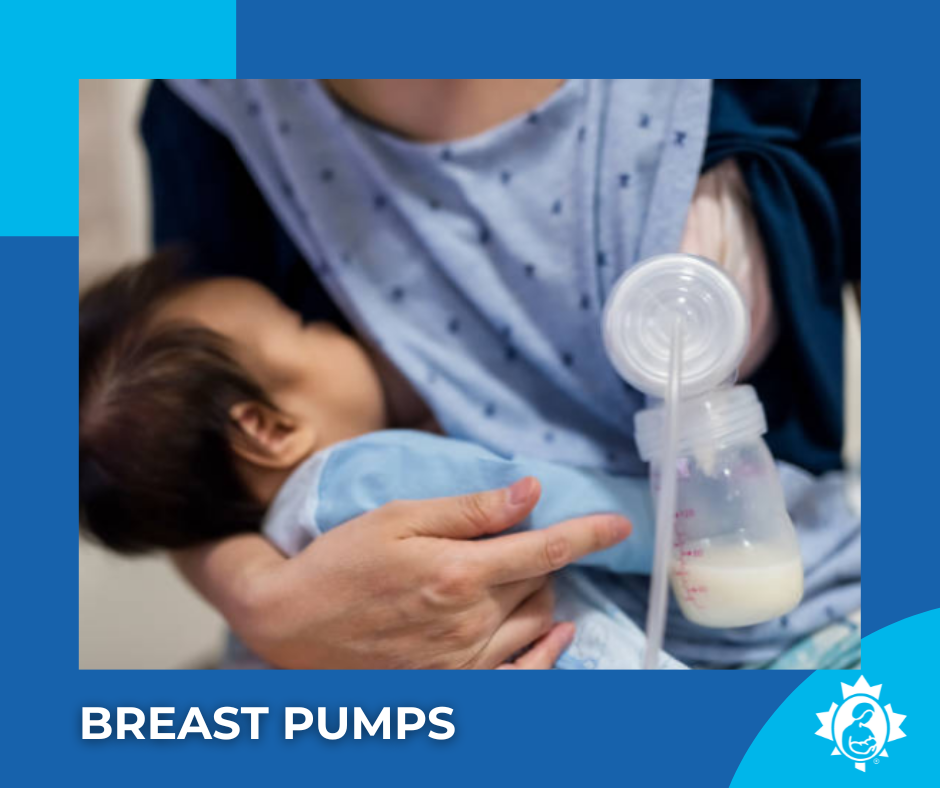
A breast pump is a tool that parents can use to express milk from their breasts. Whether or not you will need one depends entirely on your specific situation. Frequent effective milk removal is important in maintaining your milk supply. If your baby is unable to remove milk directly at the breast, a breast pump or hand expression will be needed. See Breast Pumps vs. Hand Expression - Do You Need to Own a Pump?
Do I need to purchase this prenatally? No.
Can it be helpful? It depends on your situation.
Additional related information:
Establishing Your Milk Supply
How to Know Your Baby is Getting Enough Milk
Hand Expression
How to Protect Breastfeeding While Supplementing
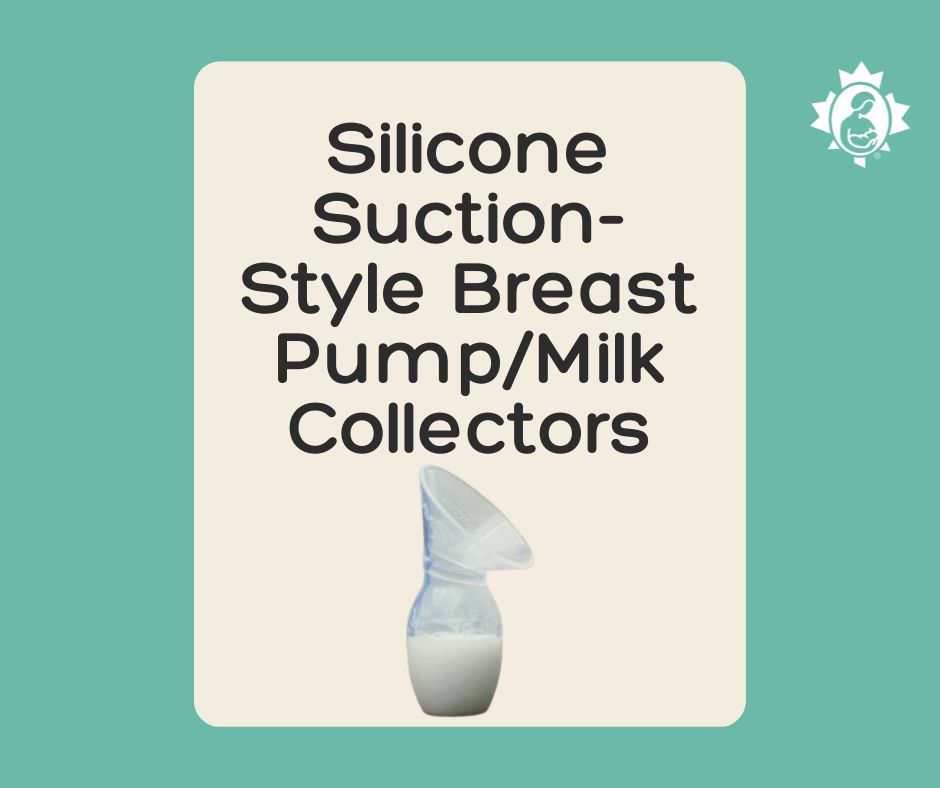
These items are held onto the breast by suction. They can be used on one breast, while your baby is feeding on the other breast. These can be a time-efficient way of collecting milk while also breastfeeding. However, they often get in the way and cause poor positioning and latch. And they can easily be knocked off by either you or your baby. These milk collectors can also easily remove too much milk. If your baby wants to feed on the second breast, your baby will likely be frustrated to discover that most of the milk is now in the milk collector! Some mothers use this device without any suction and instead hold it under the breast to collect milk that drips out while feeding. But it can be awkward to hold it in place while breastfeeding.
Do I need to purchase this prenatally? No.
Can it be helpful? Maybe.
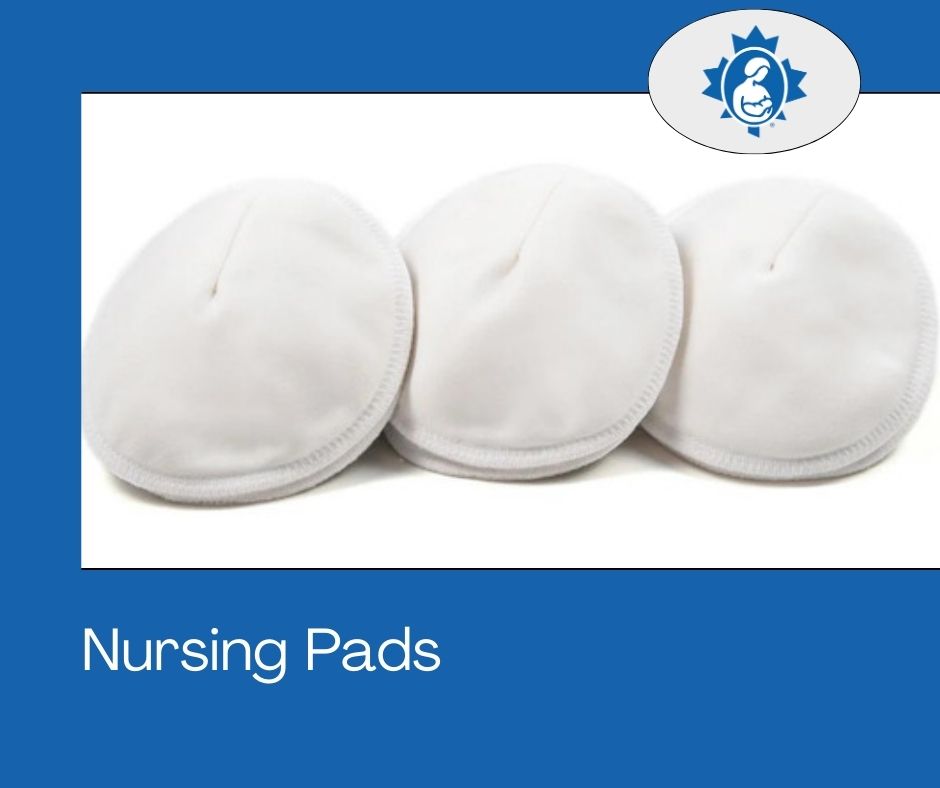
Nursing pads are disposable or reusable pads designed to be placed inside your bra to catch milk leaks. Not all nursing parents leak. Mothers who do leak find it helpful to use a nursing pad to avoid changing their shirt or bra multiple times a day. You can also use items you already have at home like a washcloth or make your own from scrap cloth.
Do I need to purchase these prenatally? Maybe.
Can they be helpful? Yes, if you leak a lot.
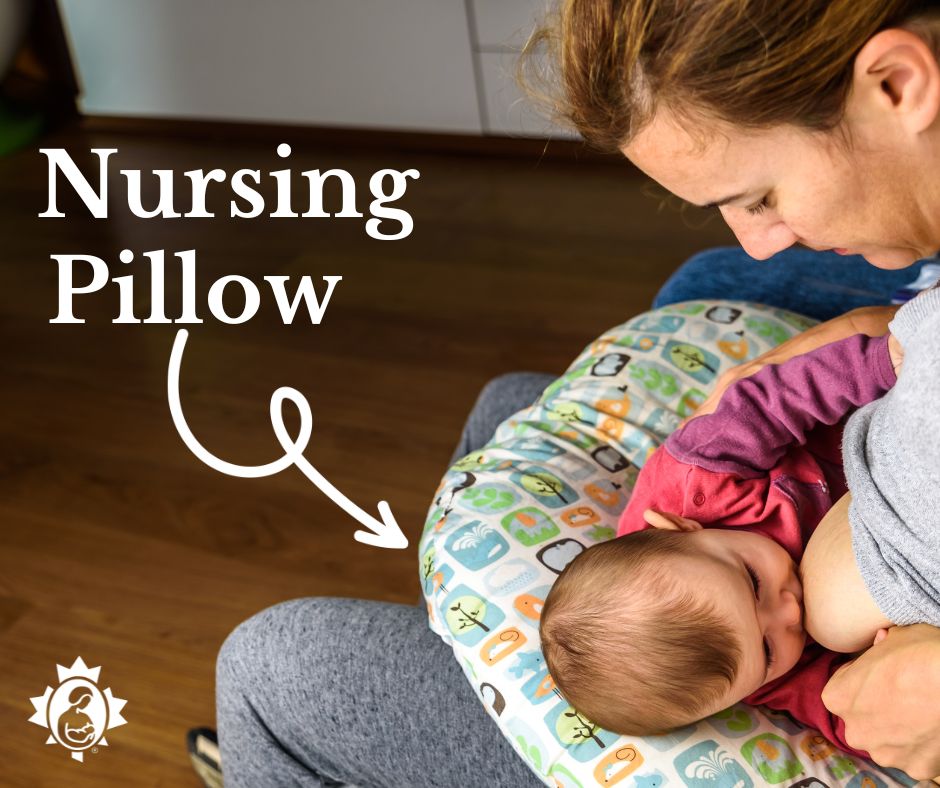
With the laid-back breastfeeding position most women find nursing pillows unnecessary. In this position your body holds your baby instead of the pillow. Nursing pillows were designed to support you and your baby’s positioning while breastfeeding in an upright position. They support your baby's weight. This puts less strain on your back, neck and arms. Mothers with twins may find it easier to position two babies with a nursing pillow.
While they can be a helpful tool, nursing pillows can be costly and you likely already have household items on hand that will function just as well. Normal pillows and towels or blankets rolled up work just fine. Or, perhaps, you can borrow a nursing pillow from a friend who no longer needs it. It is important to note that proper positioning should be comfortable for you and your baby. If you are experiencing challenges getting comfortable, reach out for support. See Positioning and Latching.
Do I need to purchase this prenatally? No.
Can it be helpful? Maybe.
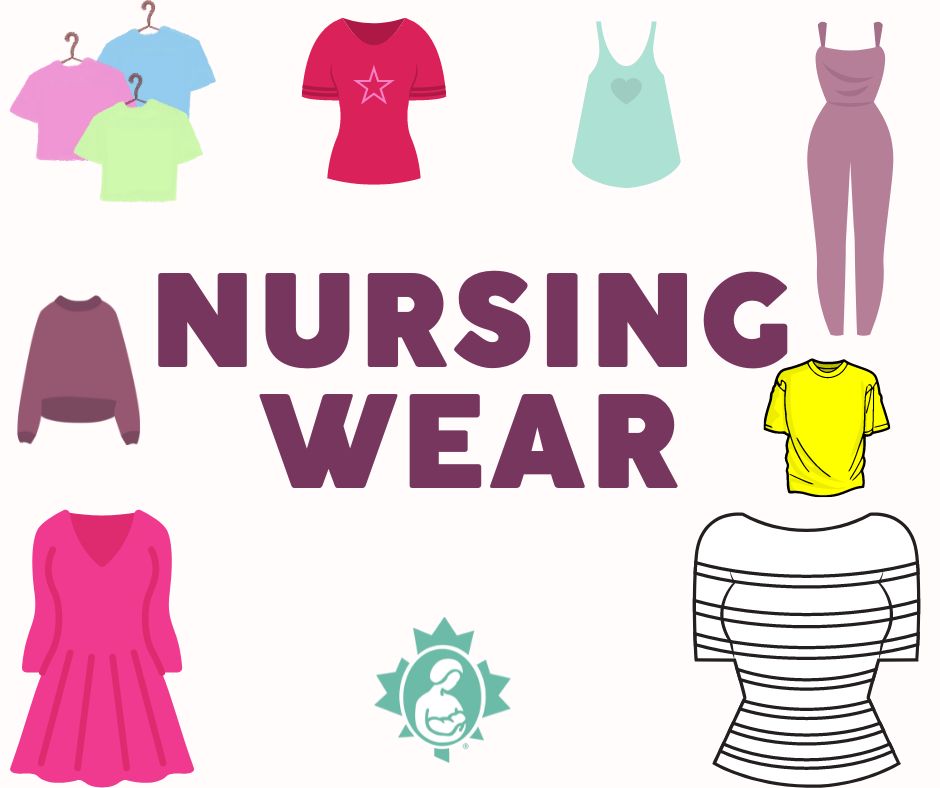
Nursing covers and tops are designed to provide privacy and ease when breastfeeding. Choosing to use one is entirely your choice. Many nursing parents opt to wear looser fitting clothing that can be easily pulled up or down to feed. Or you can layer a tank top underneath a shirt or sweater. A cardigan-style short or long-sleeved sweater or top over a t-shirt can provide cover to the side of your body while your baby is nursing.
Do I need to purchase this prenatally? No.
Can it be helpful? Maybe.
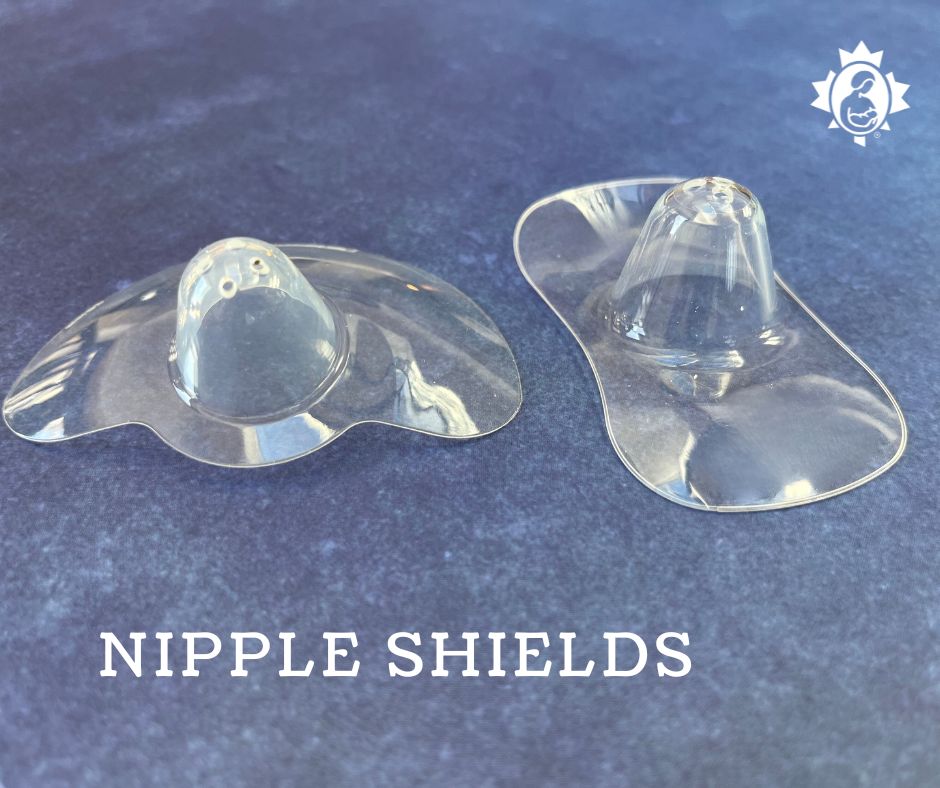
A nipple shield is a flexible, silicone nipple that is placed over the breast to help a baby who is having difficulty latching. Most latching issues can be fixed with better positioning and latching technique. See Positioning and Latching. A nipple shield can be a useful tool if you have flat nipples or a premature baby. A nurse or IBCLC (International Board Certified Lactation Consultant) might recommend using it. It can also help a baby, who is used to bottles, transition back to the breast. A nipple shield is recommended as a short-term solution while you work on solving the root cause.
It is important that the nipple shield be sized properly for your nipple. A 20mm nipple shield is the correct size for someone whose nipple is just slightly smaller than 20mm. If the nipple shield is too big or too small or is not used properly, it may result in less milk intake, mastitis or pain. It is important to put the shield on correctly. If there is a “cut out” area, or two, one “cut out” should be positioned so that it is in line with the baby’s chin. This gives your baby contact with your breast. Some mothers find it difficult to wean from the nipple shield. Using a nipple shield with the ongoing support of a lactation professional is recommended.
Do I need to purchase this prenatally? No.
Can it be helpful? It depends on your situation and whether you are working with a lactation professional.
Additional information
See Nipple Shields
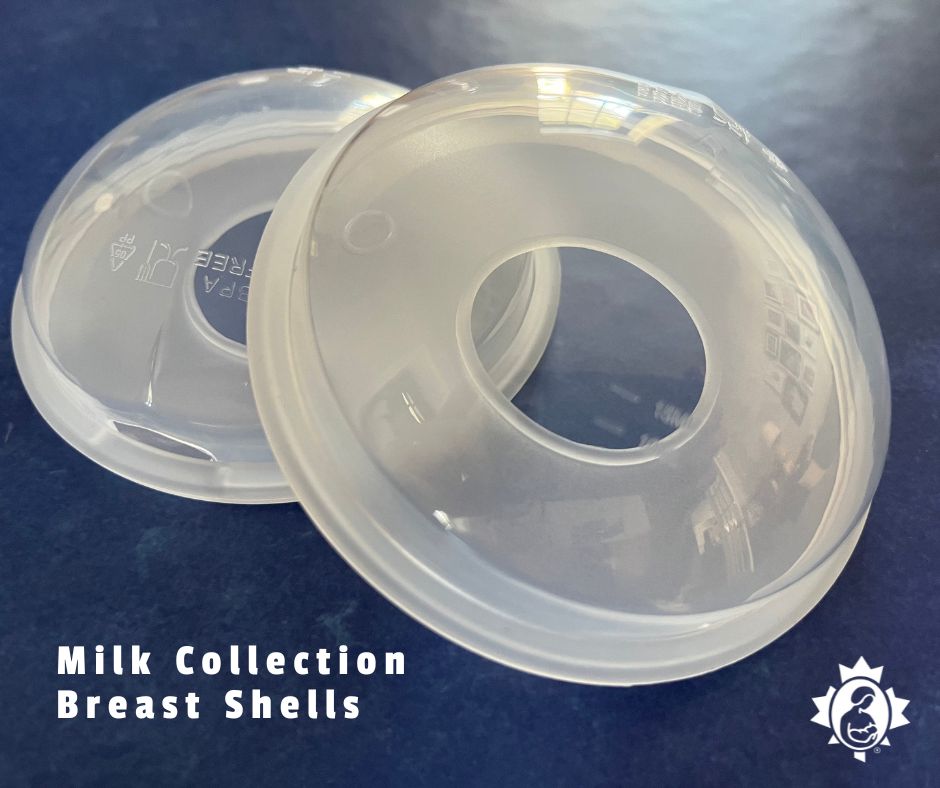
Once your milk comes in between day 2-5, you may find that you leak milk. Some women leak from time to time throughout the day. Others find that they leak most often from one breast while feeding with the other breast. Milk collection breast shells are small disc-shaped containers with a hole in the back that is placed around the nipple. These are placed inside your bra. It can be helpful to have an extra large bra to wear when using milk collection shells. If your bra is too tight, the breast shells may press uncomfortably on your areola and cause even more milk to leak out. If too much milk is removed, your baby may become frustrated when she goes to feed from this breast, after feeding on the first breast. A nursing pad can be used to absorb leaking milk and tends to result in less milk lost than with a breast shell. If you are interested in collecting small amounts of milk while nursing, these may be helpful.
Do I need to purchase these prenatally? No.
Can they be helpful? Yes, if you leak a lot.
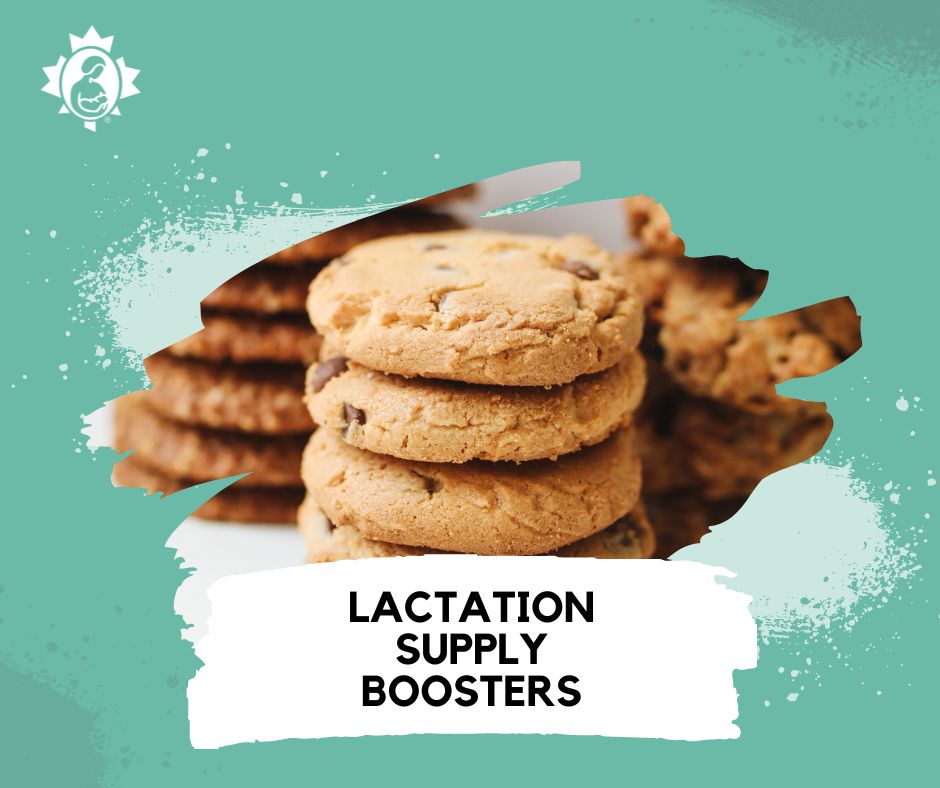
Lactation supply boosters, or “galactogogues”, are advertised to increase your milk supply. You may see them sold in the form of food such as lactation cookies, in herbal supplements, or in medications prescribed by a physician. See Galactogogues for more details.
Supply boosters can be helpful when you have a true low milk supply. This can be caused by various reasons. You may have a hormonal issue, insufficient glandular tissue, or another health condition that affects the production of your milk or your baby may have difficulty latching. A poor latch can result in poor milk removal and inadequate milk production. See Low Milk Supply.
However, many mothers experience a perceived low milk supply. Although they are producing enough milk for their baby, they believe they are not. Some contributing factors to a perceived low milk supply can be misunderstandings around normal newborn behaviors or a misunderstanding of the normal breastfeeding process.
While supply boosters certainly have their place in breastfeeding, it is always important to consult with a lactation professional if you feel you are experiencing a low supply.
Do I need to purchase these prenatally? No.
Can they be helpful? It depends on your breastfeeding experience.
Additional related information
Establishing Your Milk Supply
Low Milk Production: How to know and what to do about it
Newborns Have Small Stomachs
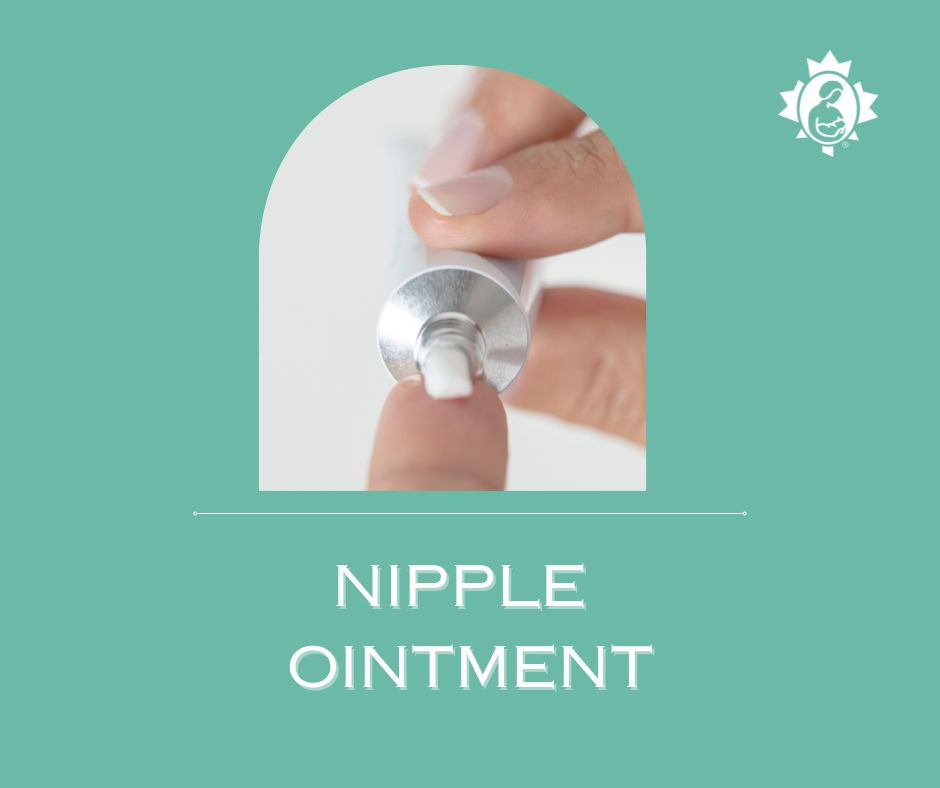
Nipple creams are topical ointments used to soothe dry, cracked, or bleeding nipples. It is important to note that proper positioning and latching prevents damage to your nipples. If you are experiencing nipple pain, seek support. If you have cracked, or bleeding nipples, it is helpful to treat the damage while you work to find and correct the cause. While nipple creams can be helpful, your own breast milk is a low cost, readily available option. Human milk has antibacterial properties that can soothe and treat skin irritations. Healthcare providers may prescribe a medicated nipple cream generally called “All-purpose Nipple Ointment”. This contains an anti-bacterial, antifungal and corticosteroid and often Ibuprofen. It has to be made at a compounding pharmacy. This ointment can be helpful in speeding healing and preventing infection if you have open wounds. Establishing a good, deep latch is also essential. With good, consistent latches, damaged nipples will heal in about seven to ten days.
Do I need to purchase this prenatally? No.
Can it be helpful? Maybe.
Additional information
Positioning and Latching
Nipple Pain - Why are my nipples sore?
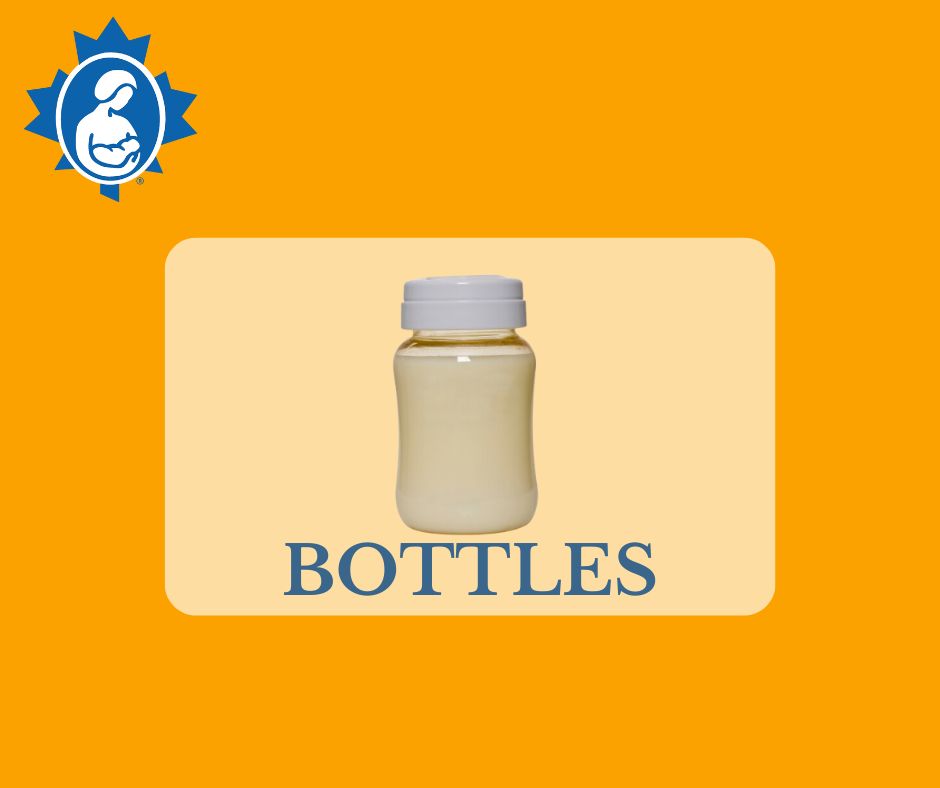
Bottles have an artificial nipple and are designed as a feeding tool to provide milk to non-breastfeeding babies. If your baby is unable to latch directly to your breast, a bottle is one option to ensure your baby gets the nutrition they need. Other options include cups, syringes, eye droppers, spoons, finger feeding, tube-feeding at breast (at-breast supplementer). These alternative options can help prevent a baby from becoming nipple confused. Some babies will prefer a firm artificial nipple and the immediate flow of milk from a bottle. They may get frustrated trying to latch to your breast.
Do I need to purchase this prenatally? No.
Can they be helpful? Yes, if you and your baby are separated. If your baby is not latching, you may want to try an alternative feeding method first.
For more information on these feeding tools:
LLLI Information Sheet “Bottles and Other Tools”
How to Protect Breastfeeding while Supplementing.
None of these tools are required to breastfeed successfully. They can be helpful depending on your individual experience. Attending a La Leche League meeting prenatally is a good way to learn which “tools” are needed and why. You can learn from other mothers which tools they found most helpful.
